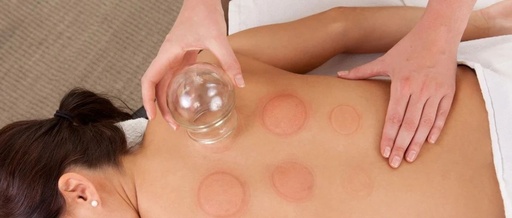 Cupping therapy, as one of the traditional Chinese medicine (TCM) treatments, has been documented in the medical texts of the Western Han Dynasty over 2000 years ago, referred to as “Jiao Fa”. For modern individuals, cupping is commonly used to dispel cold and dampness, and to unblock meridians. It not only requires specific techniques and frequency but also has an optimal timing—summer.
Cupping therapy, as one of the traditional Chinese medicine (TCM) treatments, has been documented in the medical texts of the Western Han Dynasty over 2000 years ago, referred to as “Jiao Fa”. For modern individuals, cupping is commonly used to dispel cold and dampness, and to unblock meridians. It not only requires specific techniques and frequency but also has an optimal timing—summer.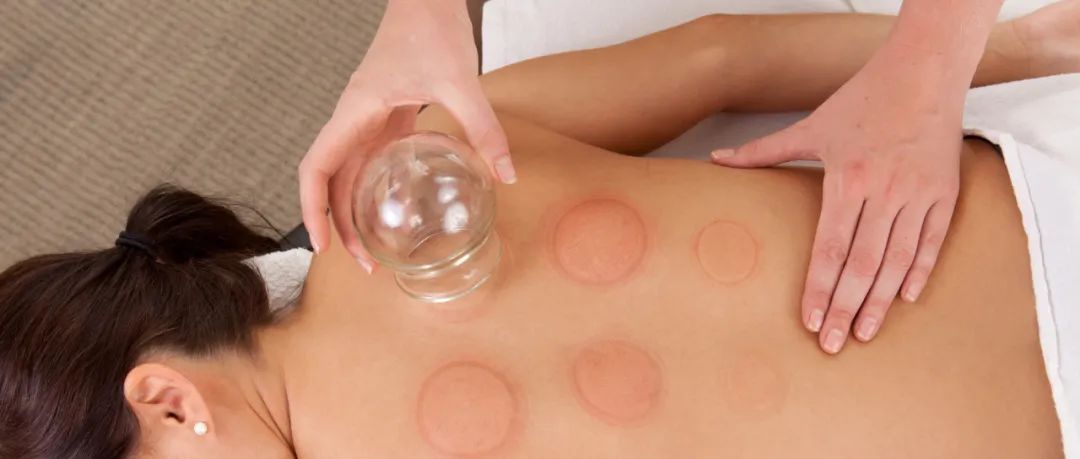 According to Life Times (search “LT0385” on WeChat to follow), experts explain why cupping therapy is more effective in summer and clarify common misconceptions while listing contraindicated groups.
According to Life Times (search “LT0385” on WeChat to follow), experts explain why cupping therapy is more effective in summer and clarify common misconceptions while listing contraindicated groups.
Interviewed Experts
Peng Yongjun, Chief TCM Physician, Acupuncture Rehabilitation Department, Jiangsu Provincial Hospital of Traditional Chinese MedicineCao Bingyan, Associate Chief Physician, Rehabilitation Medicine Department, Xiyuan Hospital, China Academy of Chinese Medical Sciences
Cupping in summer is more effective than in other seasons
In summer, the Yang energy is abundant, and the body’s Qi and blood are most full, allowing for smooth flow of Qi in the meridians, making the skin and acupoints more sensitive. This is the best time to treat chronic stubborn diseases. Therefore, summer is the peak season for cupping therapy. Additionally, the high temperatures, abundant rainfall, and high humidity in summer can easily lead to the accumulation of dampness in the body. At this time, cupping can not only warm and supplement Yang energy, enhance physical strength, but also achieve therapeutic effects such as dispelling cold, eliminating dampness, unblocking meridians, promoting Qi circulation, and invigorating blood. Cupping can quickly relieve symptoms and treat many diseases, but it also has certain indications; for example, general back pain is more suitable for cupping, and cupping on the back is particularly effective for cough, asthma, chronic gastritis, and indigestion.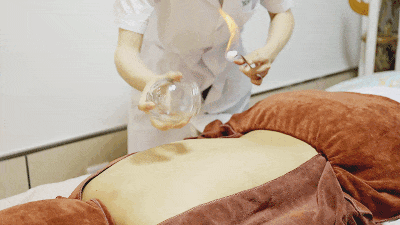 Common cupping methods are divided into four categories: retained cupping, sliding cupping, flash cupping, and bloodletting cupping, each with specific applications:
Common cupping methods are divided into four categories: retained cupping, sliding cupping, flash cupping, and bloodletting cupping, each with specific applications:
Retained Cupping
After placing the cup on the skin, it is fixed for 5-10 minutes. This method is often used to treat wind-cold-damp bi syndrome, such as neck, shoulder, waist, and leg pain.
Sliding Cupping
After applying oil to the skin, the cup is placed on the skin and then moved back and forth several times until the skin becomes red. This is suitable for larger areas with thick muscles, often used to treat colds and coughs.
Flash Cupping
After suctioning the cup, it is immediately removed and repeated several times until the skin becomes red. This method is commonly used for facial paralysis.
Bloodletting Cupping
First, a plum blossom needle or three-edged needle is used to prick the skin to draw blood, then the cup is placed on the skin to draw out 3-5 ml of blood, often used for treating acne and other skin disorders.
Why is cupping mostly done on the back?
In TCM, the abdomen is considered Yin, while the back is Yang. The back contains the Du Meridian, which governs the Yang energy of the body, and the Bladder Meridian, which runs through the entire body, along with the back Shu points. These acupoints correspond to the internal organs and reflect the physiological and pathological conditions of the viscera. Traditional medicine emphasizes the health maintenance of the back, utilizing methods such as cupping, spine kneading, back rubbing, tapping, and gua sha. Applying these methods to the back meridians and back Shu points strengthens the body and assists in treating corresponding organ diseases. Wang Peng, Associate Chief Physician of the Acupuncture Department at Beijing Dongzhimen Hospital, explains that modern people often sit for long periods, leading to poor circulation of Qi and blood in the back meridians. Cupping can unblock meridians, promote Qi and blood circulation, reduce swelling and pain, and dispel wind and cold. The back is relatively flat, with thick muscles, making it easy for cupping, especially along the Bladder Meridian, which is a common health maintenance method.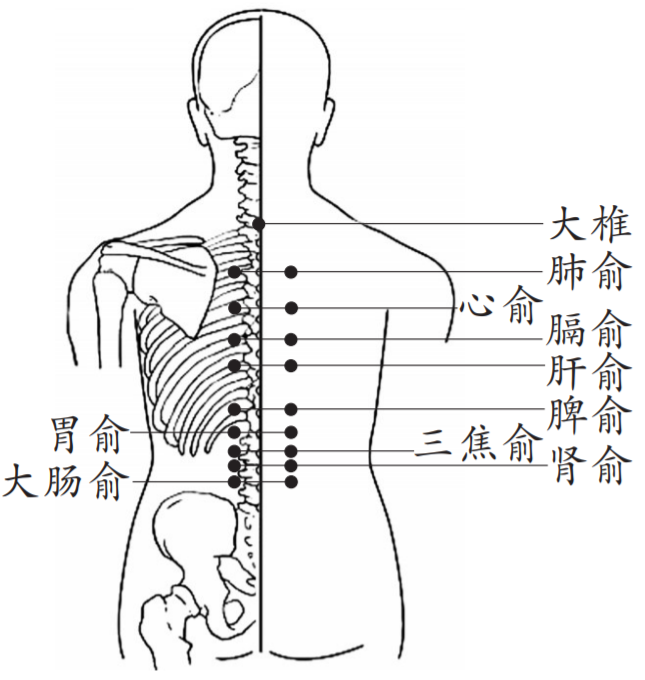
Clarifying 4 Misconceptions about Cupping
Clinically, it has been found that many people often fall into misconceptions, believing that the stronger the suction of the cup on the body, the better, and the longer the time, the better, ideally leading to blisters or dark purple skin. In fact, anything in excess is detrimental. These practices share a common misconception: the cupping operation is “too much,” with excessive stimulation causing damage to the body.
Misconception 1:The stronger the suction of the cup on the body, the better, and the longer the time, the better
Sometimes, if the cupping time is too long, small blisters may appear under the cup, leading people to mistakenly believe that a large amount of dampness has been drawn out. In fact, in TCM, dampness refers to pathogenic Qi that is heavy, turbid, and sticky, and should not be simply understood as the water drawn out from under the cup. The appearance of blisters after cupping can cause pain and potential infection if they burst, and should be avoided. Generally, for individuals with normal constitution, the cupping time should be controlled at 10-15 minutes to avoid blister formation.
Misconception 2: The darker the cupping marks, the better the effect
During cupping, the area under suction may become red or purple after removing the cup, and it is normal to experience itching or pain or to see red-purple spots. These usually resolve on their own in about a week. When cupping on areas that have suffered from pain for a long time, the cupping marks may be darker, appearing purple-black. This indicates that the local issue is more stubborn, and the cupping position was accurately chosen, requiring further treatment. Therefore, the color of the cupping marks can provide effective feedback; as long as the color is correctly interpreted, there is no need to increase the suction strength or extend the cupping time just to achieve darker marks.
Misconception 3: Repeated cupping on the same area solidifies the effect
The body’s acupoints are interconnected through meridians, and as long as the cupping position is along the meridian pathway, it is effective. There is no need to repeatedly cup the same area within a week; instead, find another location along the body’s vertical line to cup, which will have the same effect. Regardless of where cupping is performed, it is not recommended to exceed 3 times within a week.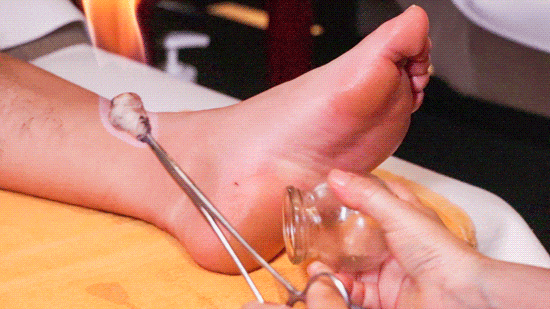
Misconception 4: Taking a shower immediately after cupping
Cupping is a type of draining operation that, while removing dampness from the body and promoting Qi and blood circulation, also opens the pores, making the local skin sensitive, fragile, and vulnerable. Showering or bathing can allow cold dampness to enter the body, which is counterproductive. If it is necessary to shower on the same day as cupping, it is recommended to wait at least 6 hours or longer after cupping. It is important to note that individuals with weak constitutions, heart disease patients, pregnant women, and women during menstruation should avoid cupping. Those with skin allergies, ulcers, or edema, as well as areas on the sides of the neck, chest and abdomen, and the inner sides of the limbs, are also not suitable for cupping. For home cupping, it is advisable to use suction cups rather than traditional fire cups to avoid burns. ▲This issue was edited by: Zhang YuClick the lower right cornerto give a thumbs upLookingbefore leaving👇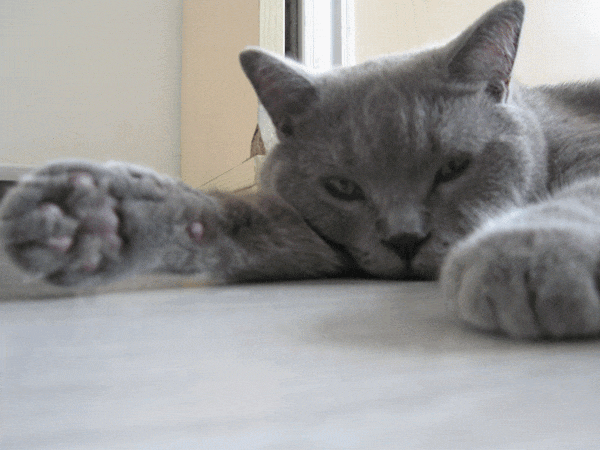 Copyright Notice: This article is original to Life Times (WeChat ID: LT0385) and may not be reproduced without authorization. Feel free to share with friends.We do not spread rumors or sensational headlinesWe do not exist solely for the sake of sharesPlease believe in the power of originalityOn the road to health, we are willing to walk seriously with you
Copyright Notice: This article is original to Life Times (WeChat ID: LT0385) and may not be reproduced without authorization. Feel free to share with friends.We do not spread rumors or sensational headlinesWe do not exist solely for the sake of sharesPlease believe in the power of originalityOn the road to health, we are willing to walk seriously with you
Supervised by People’s Daily, organized by Global Times
WeChat ID: LT0385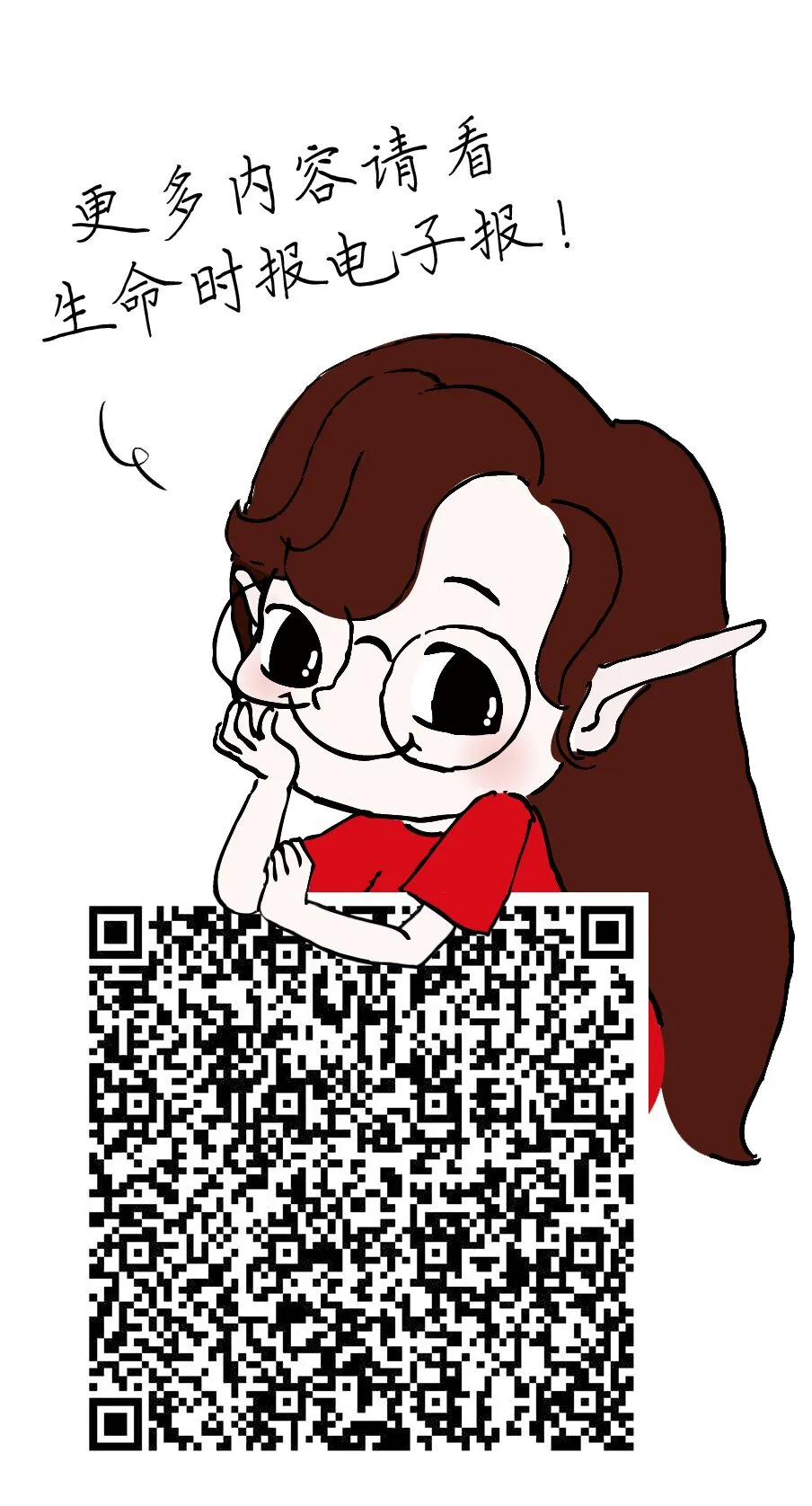 For inquiriesReprint inquiries: 010-65363791Business cooperation: 010-65363765
For inquiriesReprint inquiries: 010-65363791Business cooperation: 010-65363765
If you like it, give it a thumbs up“Looking”

